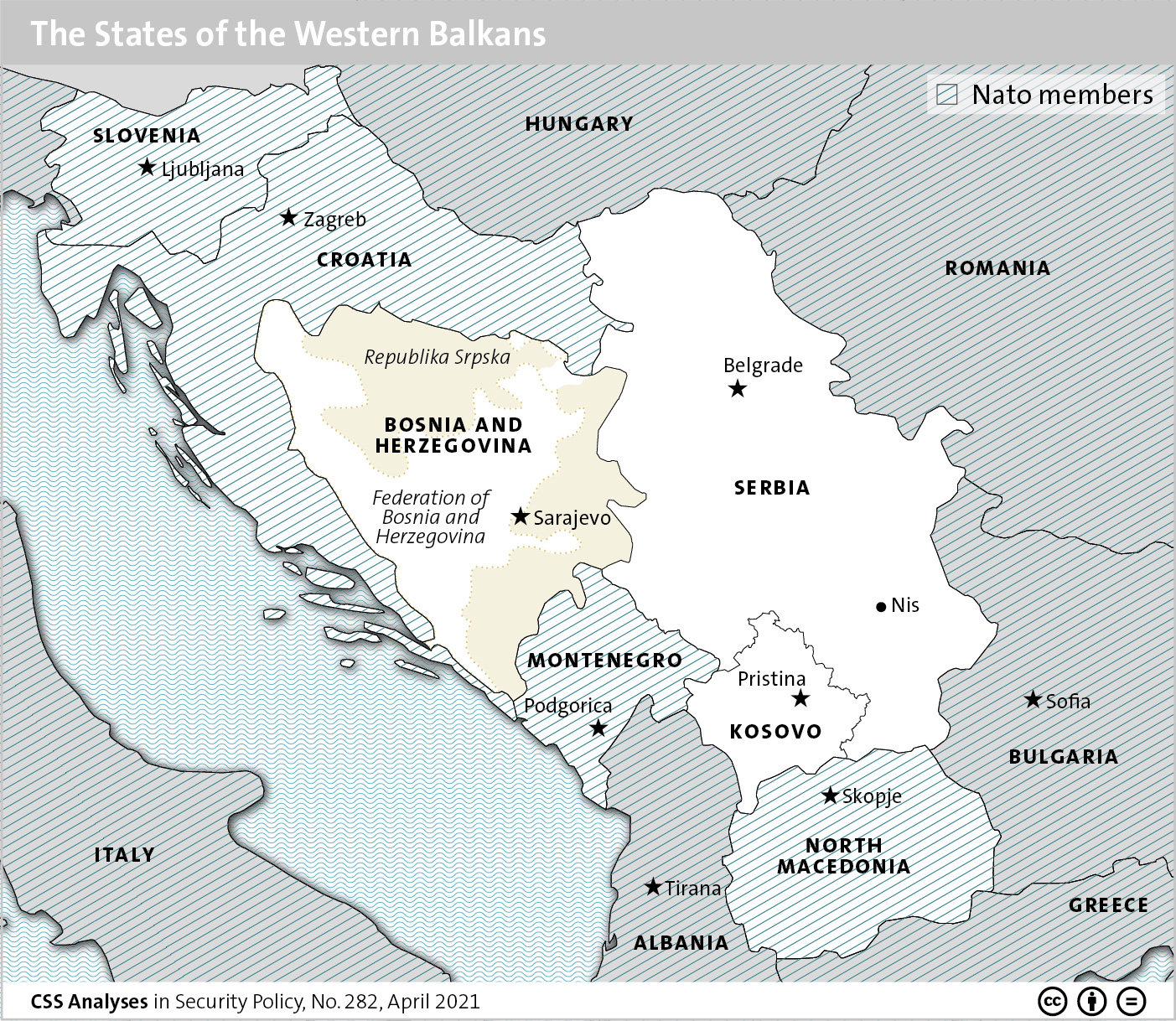
This week’s featured graphic maps the states of the Western Balkans. To find out about the rearmament in the Western Balkans, read Andrej Marković and Jeronim Perović’s CSS Analysis in Security Policy here.

This week’s featured graphic maps the states of the Western Balkans. To find out about the rearmament in the Western Balkans, read Andrej Marković and Jeronim Perović’s CSS Analysis in Security Policy here.
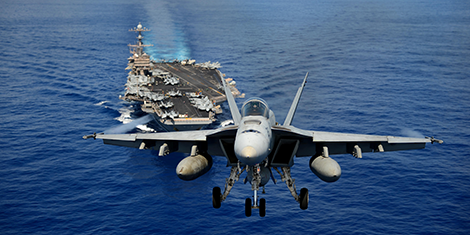
This article was originally published by the Stockholm International Peace Research Institute (SIPRI) on 2 May 2018.
Total world military expenditure rose to $1739 billion in 2017, a marginal increase of 1.1 per cent in real terms from 2016, according to new figures from the Stockholm International Peace Research Institute (SIPRI). China’s military expenditure rose again in 2017, continuing an upward trend in spending that has lasted for more than two decades. Russia’s military spending fell for the first time since 1998, while spending by the United States remained constant for the second successive year. The comprehensive annual update of the SIPRI Military Expenditure Database is accessible from today at www.sipri.org.
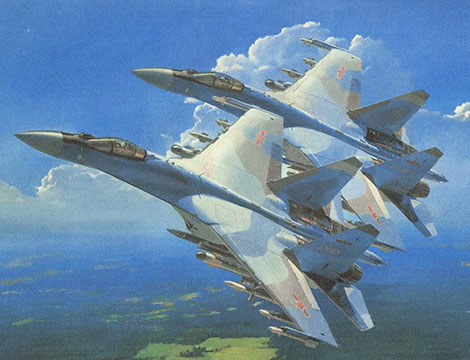
This article was originally published by the Stockholm International Peace Research Institute (SIPRI) on 5 July 2017.
Following the end of the cold war and the break-up of the Soviet Union, there were rapid decreases in Russian military budgets. Soviet military expenditure had stood at almost USD $350 billion in 1988. However, by 1992 it had fallen to USD $60 billion and in 1998 was only USD $19 billion. The more flexible parts of the budget suffered the most, such as those for procurement and operations. At the same time, the Russian arms industry saw several major clients for its weapons disappear, chief among them the former Warsaw Pact members and Iraq. By 1992, the arms industry Russia had inherited from the Soviet Union was in serious trouble. Most of its internal market and part of its export market was gone.
In parallel with this development, China was embarking on a serious military modernization. Boosted by its rapidly growing economy, it began to implement a long-planned reorganization of its armed forces and the acquisition of advanced weaponry. (This modernization had been planned since the 1970s and was given extra impetus by the poor performance of China’s armed forces against Viet Nam in 1979.) Chinese military spending has increased almost every year since 1989, the first year of Stockholm International Peace Research Institute (SIPRI) data for China, from USD $21 billion in 1988 to USD $215 billion in 2015. With this surge, China overtook Russia’s spending in 1998 and within five years had become the second largest spender globally behind the United States.
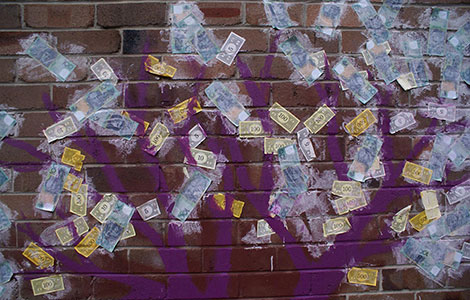
This article was originally published by the Stockholm International Peace Research Institute (SIPRI) on 22 June 2017.
SIPRI’s recently published data shows a decrease of 7.2% in Brazil’s military expenditure in 2016 compared to 2015. The reasons behind this cut are quite complicated, since the country is embroiled in a mix of a political and economic crises. This blog post briefly discusses some of the features driving Brazil’s military spending downwards and how the current context may affect the future.
Brazil’s economic growth—and crash
First, we need to understand why Brazil’s military spending went up in the first place. Between 2000 and 2010, Brazil had significant economic growth, especially during President Lula’s term in office. Not only did the country’s economy grow, but inequality dropped. For instance, in 2007 the national Gini coefficient–an index created to measure income inequality–reached its lowest level in 30 years. These outstanding growth results enabled the government to allocate large resources to military projects, like the KC-390 aircraft, the Integrated System of Border Monitoring (SISFRON) and the Guaraní armoured vehicle production. In fact, between 2002 and 2013—the year Lula took office and the beginning of Petrobras corruption scandal, respectively—Brazil’s military spending increased by 28%.
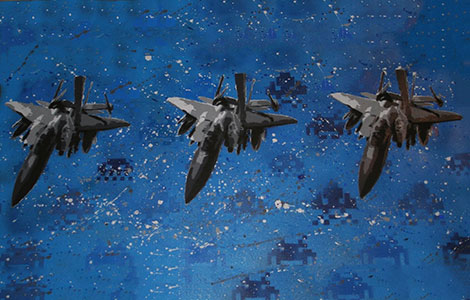
This article was written following the release of the Institute for Economics and Peace’s Global Peace Index 2017.
While the world has successfully lowered overall levels of militarisation over the last 30 years there has been a dangerous increase in the world’s most unstable areas
The conflict in Syria is a stark reminder of the devastating potential of state based armed conflict and the destructive capability of conventional heavy weapons. One need only look at the gulf between the numbers of lives lost from terrorism versus armed conflict globally to be reminded of this fact –in 2016, it is estimated that approximately five times more people were killed in armed conflict than in terrorist events.
While charting trends in militarisation is difficult due to the constantly evolving destructive capability of heavy weapons technology, IEP has tried to develop a data driven approach by compiled 30 years of heavy weapons data based on the authoritative International Institute for Strategic Studies (IISS) Military Balance. The data have then been codified based on a methodology developed by the Stockholm International Peace Research Institute (SIPRI).